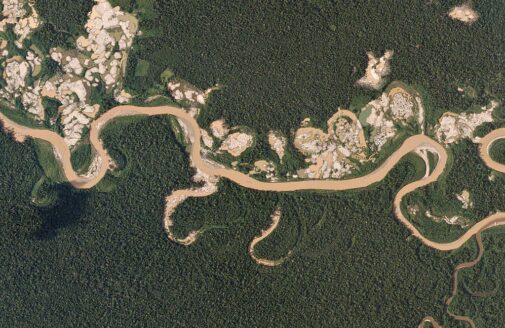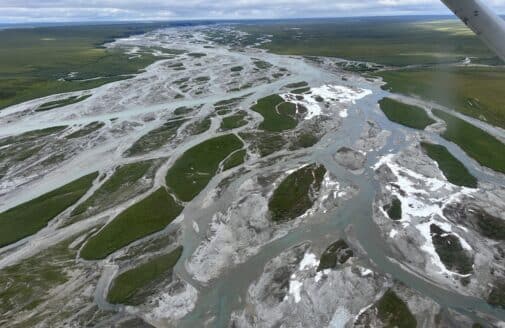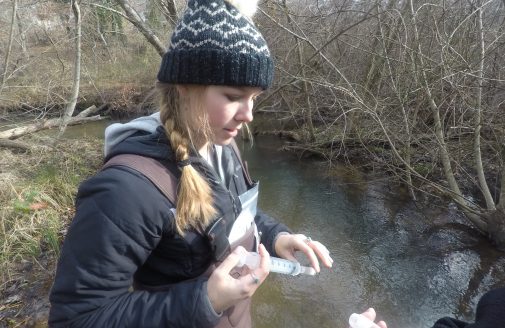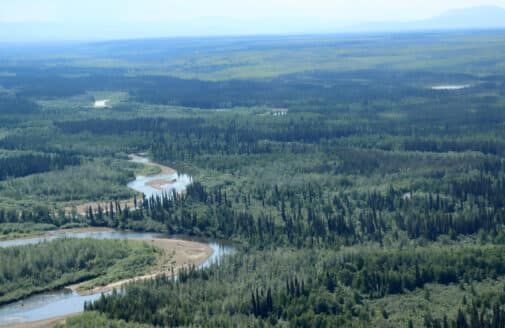Scientists track river herring to help population recovery

Woodwell Research Center (formerly Woods Hole Research Center) scientists tagged more than 500 river herring in late April and early May, as part of a project to help understand migration challenges, and to inform habitat management decisions in Massachusetts.
The research focuses on two species, Alewife and Blueback, which comprise what is commonly known as river herring. River herring are anadromous species, which spend part of their life history in salt water, but enter freshwater habitats to reproduce and rear young.
According to Woodwell scientist Dr. Heidi Golden, river herring populations have been at historic lows since the early 1990s. Multiple factors, including overfishing, habitat degradation, and obstructed spawning migration contributed to this decline. Golden said that the Southern New England stocks of Alewife and Blueback herring are no longer specifically fished, but they are often caught along with Atlantic herring while at sea. Woodwell scientists are trying to better understand river herring population dynamics, movement patterns, and habitat requirements by capturing, tagging, and tracking fish during their spring spawning migration.
“We tag the herring using uniquely coded PIT (passive integrated transponder) tags and follow their migration paths using remote antenna arrays placed at various locations along the Coonamessett River,” Golden said. “We like to use the analogy of EasyPass that cars use on the highway, PIT tag antennas are like EasyPass for fish. Using this technique, we have been able to pin-point areas that limit their timely and efficient passage and then use that information to make informed management decisions, such as road culvert replacement, cranberry bog restoration, and dam removal.”
There are also early indications that habitat restoration projects are helping the fish – specifically involving a newly restored section of the Coonamessett River that was previously an abandoned cranberry bog.
“This is the second season post-restoration and already the fish are passing through this area with greater ease than they did prior to restoration,” Golden said. “This is likely due to the removal of a large water control structure the used to impede fish passage and creation of meanders for the river. Additionally, fewer osprey were observed fishing over the restored section of the river, which might be due to the addition of large woody debris and creation of deep pools (formed by the meanders) for the herring to hide under and within. These are positive indications that cranberry bog restoration could benefit herring populations.”
Latest in Water

- In The News
Gold mining causes long-lasting damage in the Amazon rainforest

- In The News





